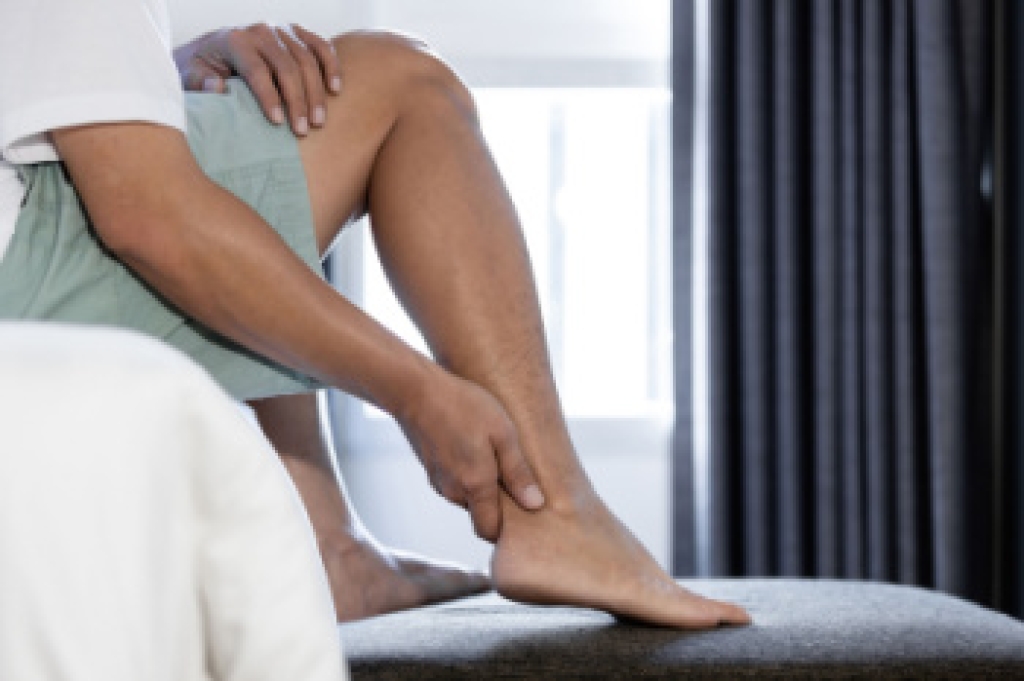
Hallux rigidus is a form of arthritis that affects the joint at the base of the big toe, making it difficult to bend or push off while walking. Over time, the joint loses flexibility as cartilage wears down, leading to stiffness, swelling, and aching pain, especially during motion. Some people notice a bump forming on top of the toe joint, which can make wearing certain shoes uncomfortable. Because this joint plays a key role in balance and forward movement, even small limitations can affect overall mobility. Early treatment focuses on reducing joint stress with supportive footwear, custom orthotics, and anti-inflammatory care. In more advanced cases, surgery may help to restore comfort and function. If your big toe feels stiff or sore when walking, it is suggested that you see a podiatrist for evaluation and treatment options.
Toe pain can disrupt your daily activities. If you have any concerns, contact Dr. Paul Drucker of NYC Foot Care, PC. Our doctor can provide the care you need to keep you pain-free and on your feet.
What Causes Toe Pain?
Most severe toe pain is caused due to a sports injury, trauma from dropping something heavy on the toe, or bumping into something rigid. Other problems can develop over time for various reasons.
Toe pain can be caused by one or more ailments. The most common include:
- Trauma
- Sports injury
- Wearing shoes that are too tight
- Arthritis
- Gout
- Corns and calluses
- Hammertoe
- Bunions
- Blisters
- Ingrown toenails
- Sprains
- Fractures (broken bones)
- Dislocations
When to See a Podiatrist
- Severe pain
- Persistent pain that lasts more than a week
- Signs of infection
- Continued swelling
- Pain that prevents walking
Diagnosis
In many cases the cause of toe pain is obvious, but in others, a podiatrist may want to use more advanced methods to determine the problem. These can range from simple visual inspections and sensation tests to X-rays and MRI scans. Prior medical history, family medical history, and any recent physical traumatic events will all be taken into consideration for a proper diagnosis.
Treatment
Treatments for toe pain and injuries vary and may include shoe inserts, padding, taping, medicines, injections, and in some cases, surgery. If you believe that you have broken a toe, please see a podiatrist as soon as possible.
If you have any questions please contact our offices located in 70th Street Manhattan, 60th Street Manhattan, Jamaica, Queens, Plainview, NY and Fair Lawn, NJ . We offer the newest diagnostic and treatment technologies for all your foot and ankle needs.




